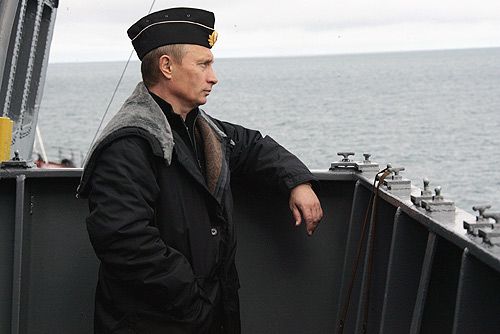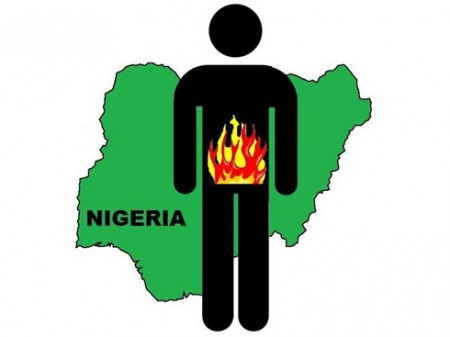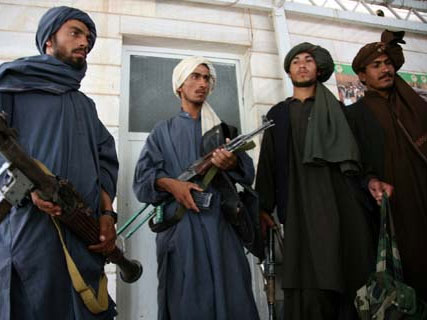
The possibility of a nuclear war between Pakistan and India grows every day. If the Pakistanis do not bring under control the terrorist groups in the country and resolve the conflicts with India, it is not a matter of if it will happen, but when.
There have been few achievements to celebrate in the sixty-five year history of Pakistan and that has made the success of the nuclear program central to the national identity. This is especially true for the military that receives a quarter of the budget and is the only strong national institution.
Development of the weapons started in January of 1972 by Zulfiqar Ali Bhutto, when he was the Minister for Fuel, Power and Natural Resources. The decision to go nuclear came after a disastrous military defeat in 1971 by India. Bangladesh with Indian assistance separated from Pakistan.




